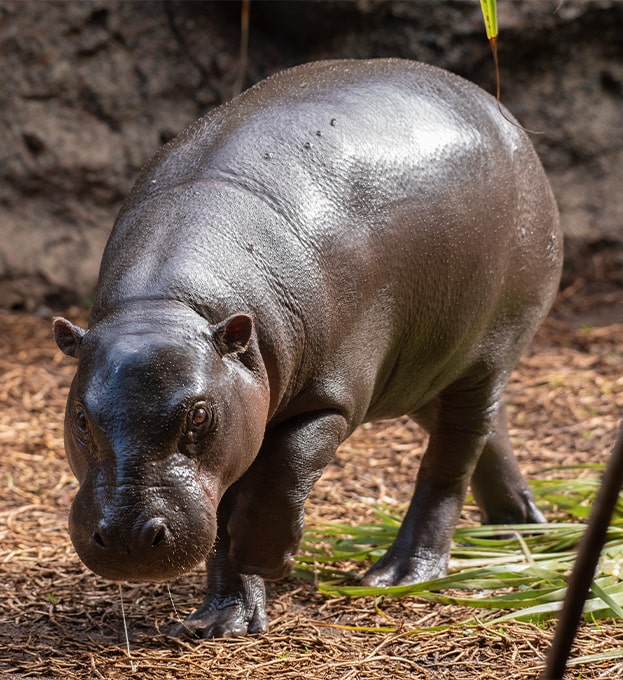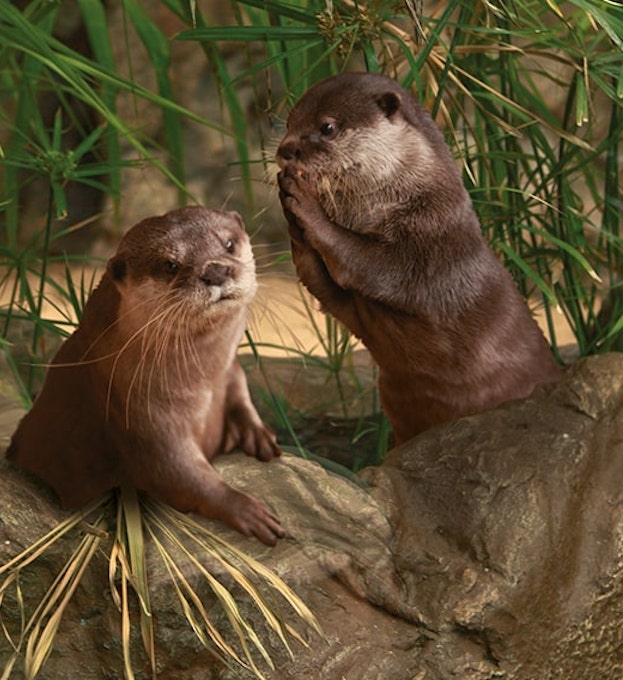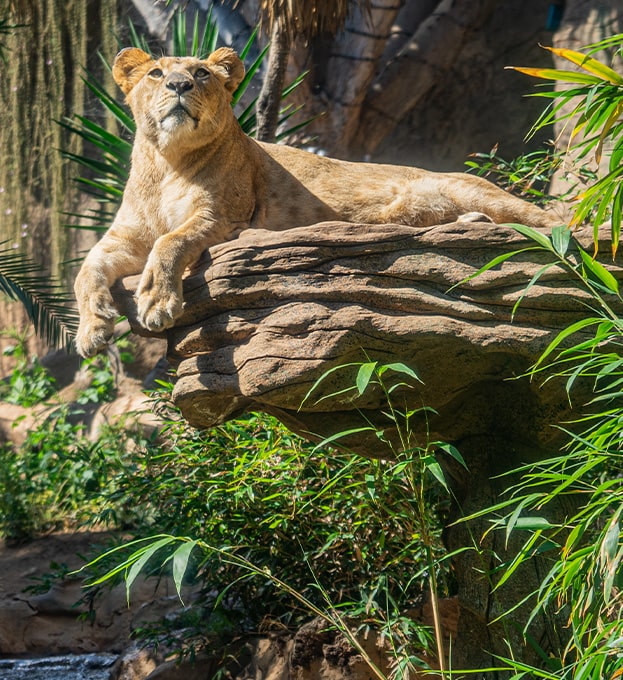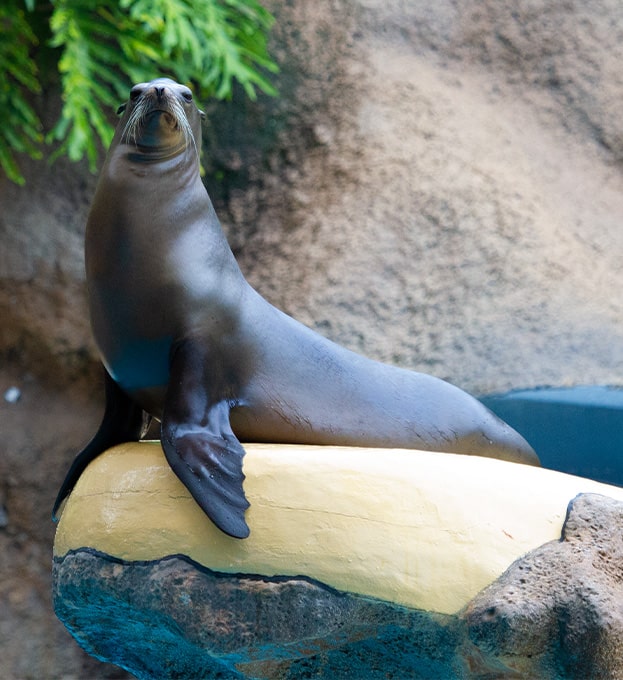- King Penguin
Aptenodytes patagonicus - Rockhopper Penguin
Eudyptes Chrysocome - Chinstrap Penguin
Pygoscelis antarcticus - Gentoo Penguin
Pygoscelis papua - Humboldt Penguin
Spheniscus humboldti
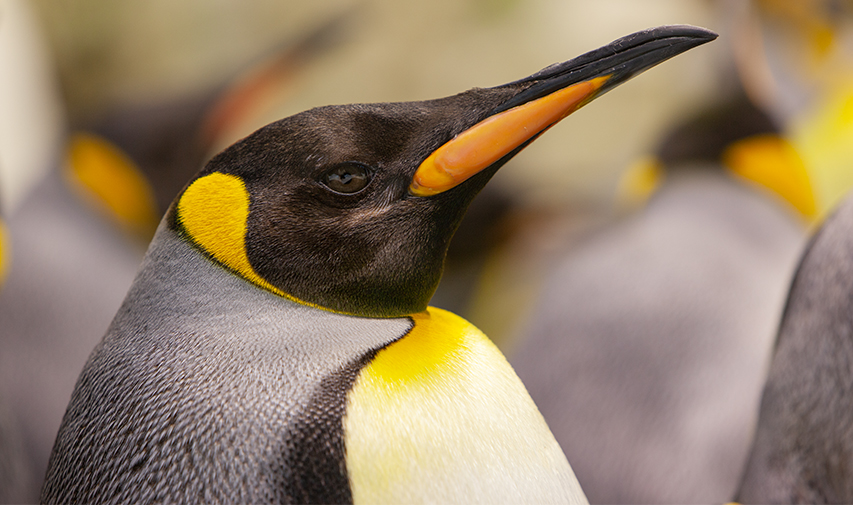
King Penguin
Aptenodytes patagonicus
With a height ranging from 70 to 95 centimetres, there is only one larger type of penguin: the emperor penguin. King penguins do not build nests to incubate their eggs, they place them under their belly and generate the appropriate warmth in that space.
You can quickly identify them in the penguinarium, they are the largest of our penguins.
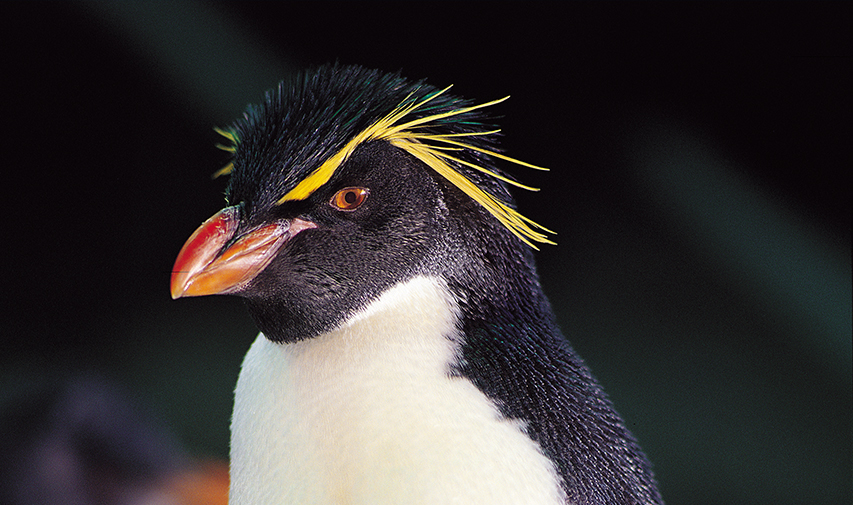
Rockhopper Penguin
Eudyptes Chrysocome
Its name hints at its great ability to adapt to higher, rockier environments, capable of living both at sea level and on steep cliffs.
It is regarded as an endangered species as its world population has declined drastically since 1950. Loro Parque works together with other animal sanctuaries for their conservation through humane care.
They are easily recognisable by the yellow feathers that adorn their head.
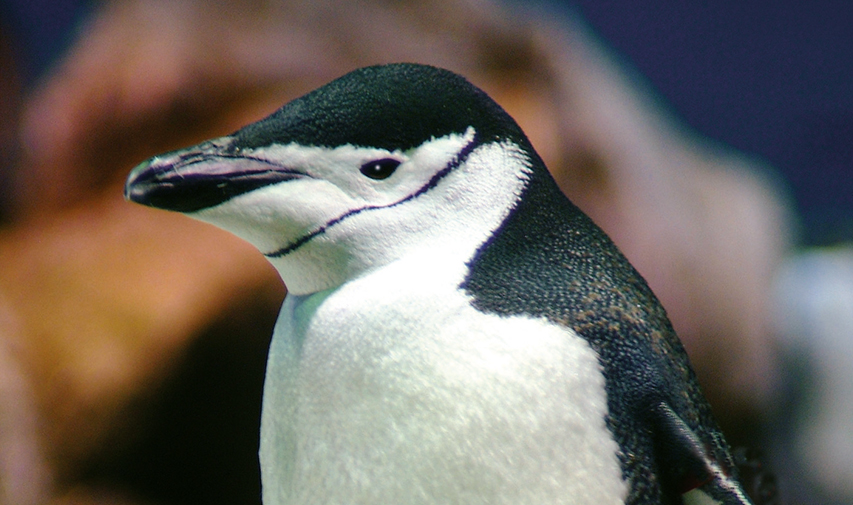
Chinstrap Penguin
Pygoscelis antarcticus
Chinstrap penguins are distinguished by a black line under their chin, which lends them their name. This feature will help you recognise them on your visit to Loro Parque.
One of the most unique characteristics of chinstrap penguins is the creation of circular stone nests for incubation and breeding. These constructions are skilfully built and firmly guarded by the males.
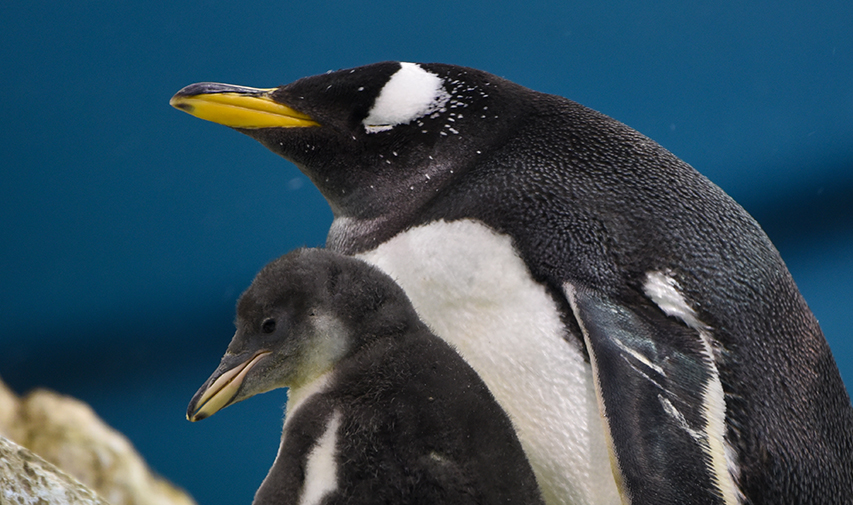
Gentoo Penguin
Pygoscelis papua
Gentoo penguins, also known as Johnny penguins, are the fastest swimmers, reaching speeds of over 35 km/h (22 mph). You will recognise them by the white spots above their eyes on the top of their heads.
Like chinstrap penguins, they create stone nests which they zealously guard and that are considered part of their courtship of females.
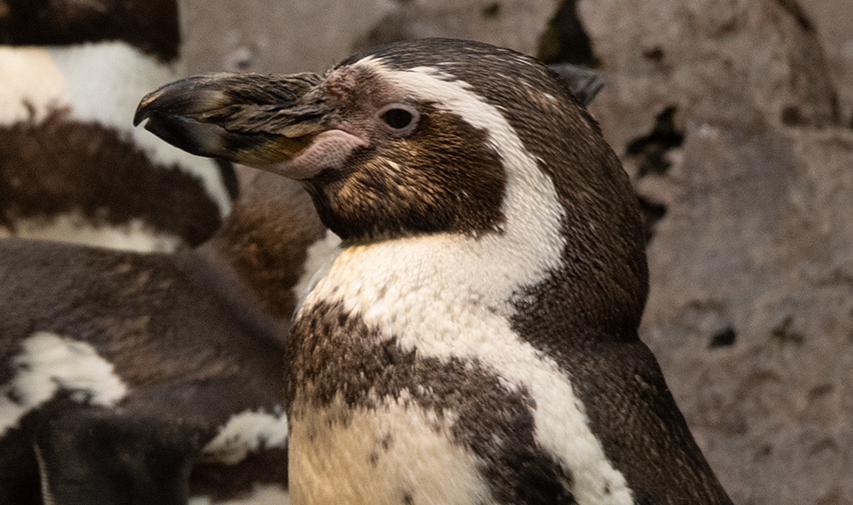
Humboldt Penguin
Spheniscus humboldti
Humboldt penguins live in temperate areas. Sun-loving and often found in rocky areas, they use natural caves or crevices in the ground to build their nests.
You will quickly identify them as they are found in an environment free of snow and bathed in sunlight.


